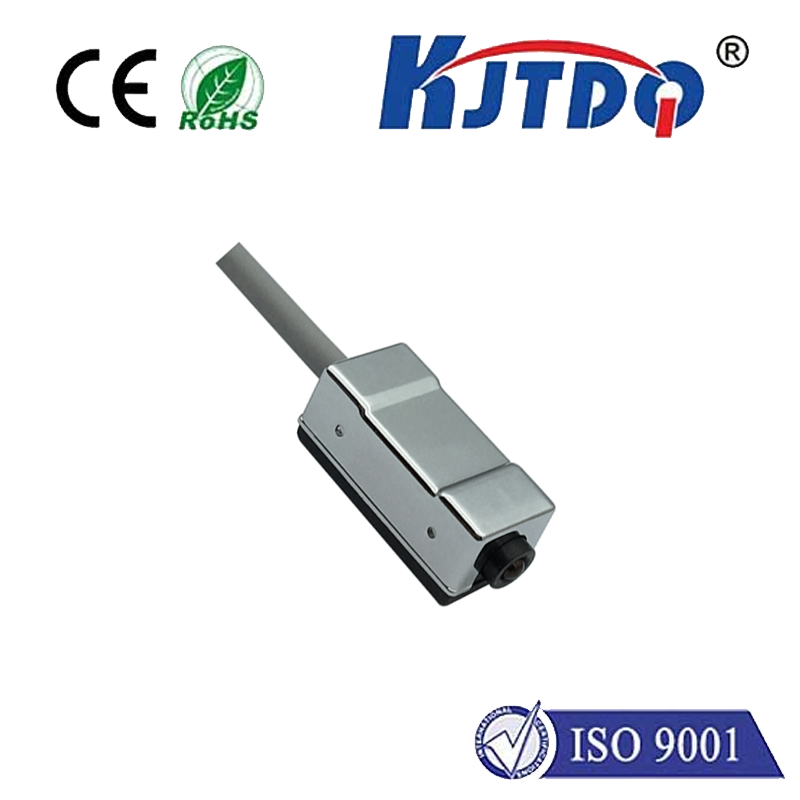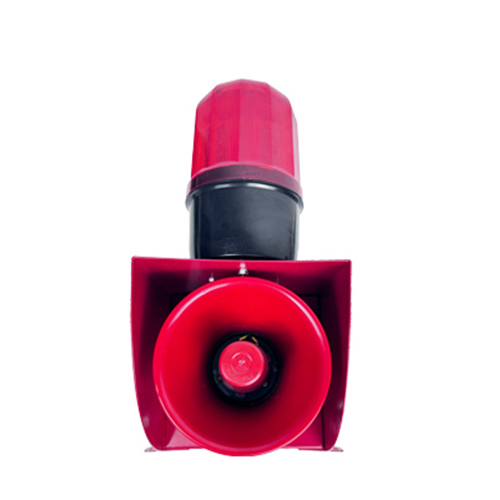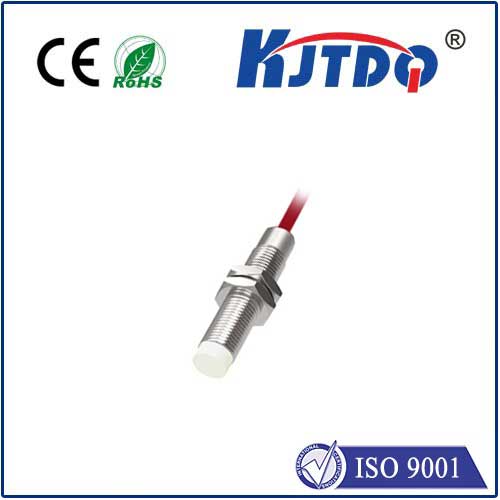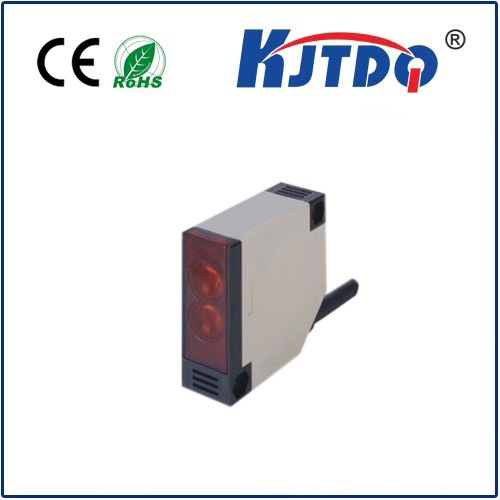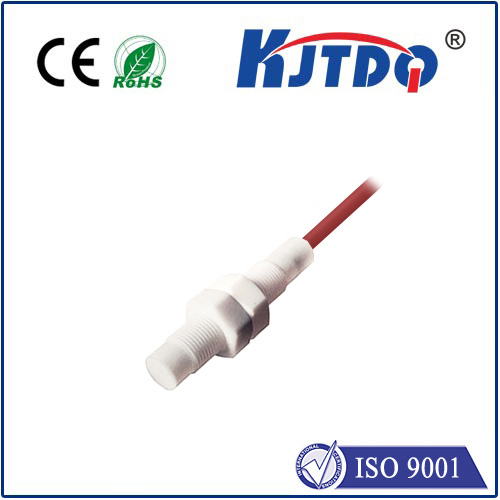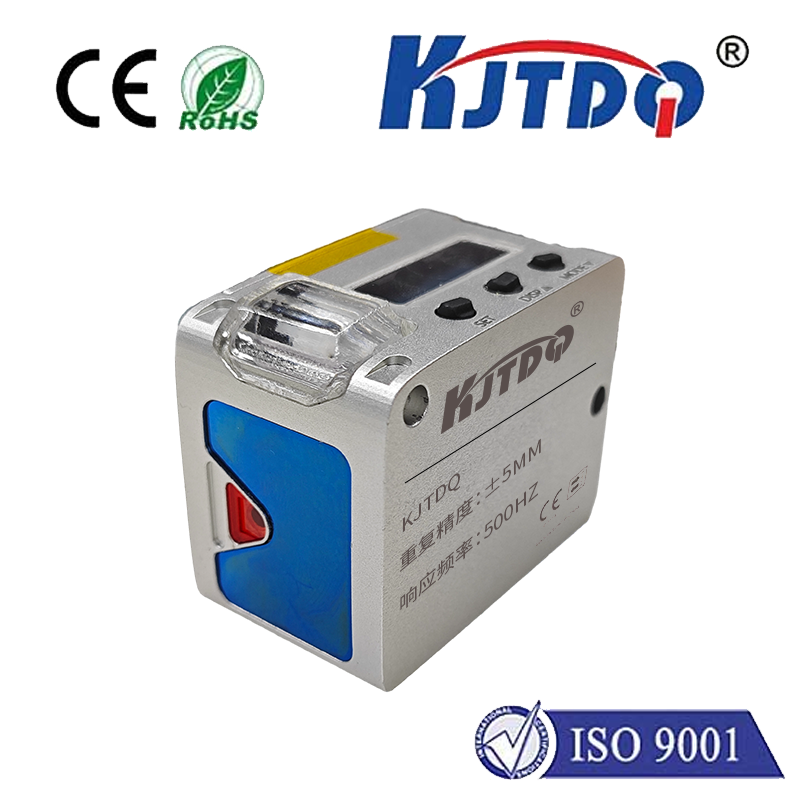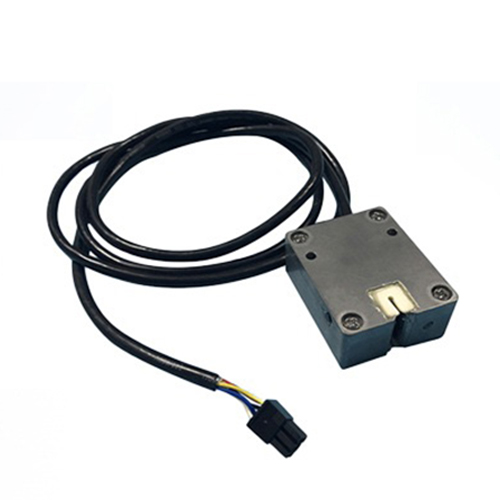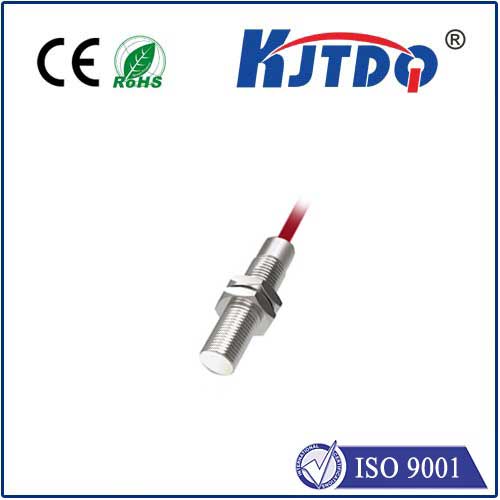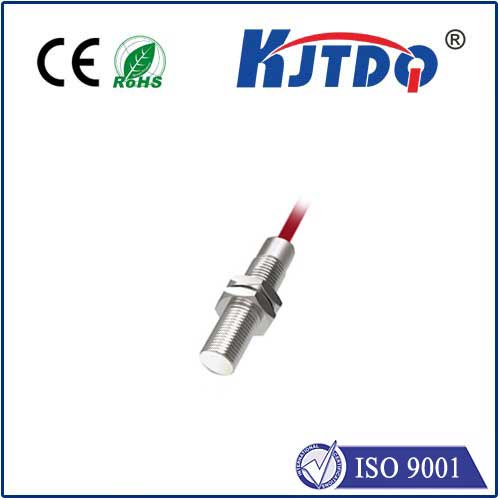

check

check

check

check

check

check

check

check

check

check
Introduction
Vibration analysis is a crucial process in various industries, including engineering, manufacturing, aerospace, and automotive. It helps identify and diagnose problems early in the design and manufacturing stages, reducing costs and improving product quality. One essential tool for vibration analysis is the proximity probe, also known as a laser vibrometer or ultrasonic sensor. In this article, we will discuss the role of proximity probes in vibration measurement, their working principle, applications, and limitations.
Working Principle of Proximity Probes
Proximity probes work by emitting sound waves or light pulses and measuring the time it takes for them to bounce back from the surface being measured. The distance between the probe and the surface can be calculated using the speed of sound or light, which varies depending on the material. This information can be used to calculate vibration frequencies and amplitudes, providing valuable insights into the health and performance of machinery and structures.
Applications of Proximity Probes
Proximity probes have numerous applications in vibration measurement, including:
1. Condition monitoring: Proximity probes can be used to monitor the condition of machinery and structures in real-time, helping operators detect potential issues before they become significant problems.
2. Predictive maintenance: By analyzing vibration data over time, proximity probes can predict when maintenance is needed, reducing downtime and improving operational efficiency.
3. Quality control: Proximity probes can be used to ensure that products meet specified vibration standards before they are shipped to customers.
4. Safety inspections: Proximity probes can detect vibrations caused by defects or imbalances in machinery or structures, preventing accidents and ensuring worker safety.
5. Process optimization: Vibration data can be used to optimize processes by identifying areas where improvements can be made to reduce vibrations and improve efficiency.
Limitations of Proximity Probes
Despite their usefulness, proximity probes have some limitations, including:
1. Limited sensitivity: Proximity probes may not be sensitive enough to detect very low frequency vibrations or small amplitude changes.
2. Interference from other sources: Vibration sources near the proximity probe may interfere with its readings, making it difficult to accurately determine the cause of a vibration problem.
3. Limited range: Some proximity probes have a limited range, making it difficult to measure vibrations from large distances or complex systems.
4. Cost: Proximity probes can be expensive, particularly for high-precision models with advanced features such as real-time monitoring and data analytics.
Conclusion
Proximity probes play a vital role in vibration measurement, providing valuable insights into the health and performance of machinery and structures. While they have limitations, their applications in condition monitoring, predictive maintenance, quality control, safety inspections, and process optimization make them an essential tool for many industries. As technology continues to advance, proximity probes are likely to become even more accurate, versatile, and cost-effective.
